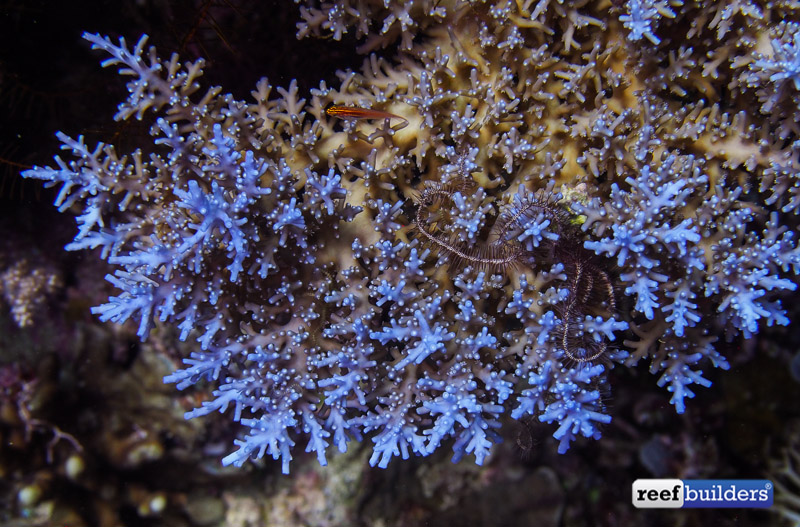Around this time last year, we were invited to visit the budding coral farms that RVS 4-Star Mariculture is developing in the Philippines. Several sites are planned for future coral farming efforts in the Philippines, and we managed to visit the beautiful island of Lubang in the Mindoro Province, one of the western most points in the center of the country.
While a huge number of reef fish are exported from the Philippines for marine aquariums, harvest and export of wild corals is strictly forbidden. So despite our huge selection of corals from many countries in the aquarium hobby, our first hand experience with Filipino corals is close to zero – we simply don’t know very much about aquarium corals from this part of the world.

This beautiful island actually was protected for decades by a Japanese soldier who inhabited the mountain and surrounding hills long after WWII ended, preventing the complete development of the island into farmland. This fortuitous series of events had the unintended consequence of preventing clearing of the forest, and so there was very little degradation of surrounding corals due to runoff, sedimentation, and the reefs we visited were in absolutely pristine condition.

Since our knowledge of corals via the aquarium hobby is so Indo-centric, much like the first time we dove in the Marshall Islands, exploring the reefs of the Philippines was like one long episode of wonder and discovery. It’s one thing to know that you are close to the epicenter of underwater and especially coral biodiversity, but it still took our breath away to see such a wide range of exotic soft and stony corals.
We already featured many of the most noteworthy coral species which we observed in Lubang, including Acropora globiceps, Acropora monticulosa, and a massive migrating school of small surgeonfish which altered the reefscape with their sheer numbers. This post is to share with you a small sample of the diversity of corals we encountered on this trip, including many unique deepwater Acros and an impressively huge diversity of soft corals.
Hopefully it will only be a matter of time until farmed corals are exported from the Philippines, bringing much needed awareness of corals from this part of the world while also providing a source of sustainable income to coastal residents.



